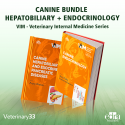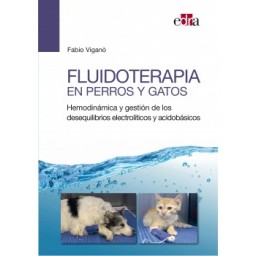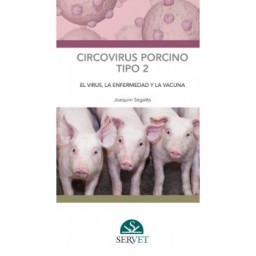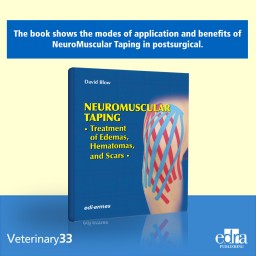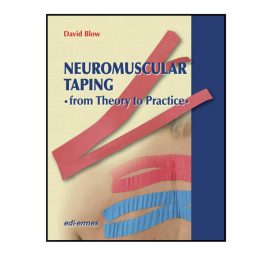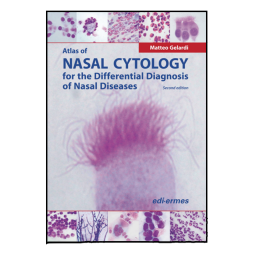Active filters
Enfermedad de Newcastle. Principales retos en avicultura
Circovirus porcino tipo 2: el virus, la enfermedad y la vacuna
Reproducción de los animales domésticos
Este es un libro único por varios motivos: el contenido se aborda de forma sintética y amena, está plenamente actualizado, y ha sido desarrollado por autores referentes en su campo. La mayoría de los libros sobre reproducción animal están más dirigidos al uso de tecnologías o biotecnologías, por lo que contienen poca información sobre la biología reproductiva y existe un vacío en el material disponible.
Guías prácticas en producción porcina. Neumonía enzoótica
Neuromuscular Taping - Treatment of Edemas, Hematomas, and Scars
The book shows the modes of application and benefits of NeuroMuscular Taping in post-surgical and post-traumatic drainage of edemas and hematomas, as well as in the treatment of scars.
Neuromuscular Taping - From Theory to Practice
A new application method and a different clinical reasoning compared to other types of taping and bandaging are the basis of the NeuroMuscular decompressive and compressive taping technique. To illustrate this innovative rehabilitation treatment, this book aims to answer these fundamental questions: When is NeuroMuscular Taping applied? How is it applied? What clinical advantages does it offer?
Orthodontics
This volume is the passionate brainchild of many hands, featuring the work of members of several notable orthodontics schools, including Milan, Chieti, L’Aquila, Madrid, Naples, and Messina. The content of this book is based on years of experience and research on the part of professionals from the 30-year-old Orthodontic School of Milan. Every effort is made to ensure the development of the fundamental principle on which this school is based – concentrating on a holistic approach to patient care rather than relying on the mechanistic vision of most orthodontic philosophies.
Atlas of Nasal Cytology for the Differential Diagnosis of Nasal Diseases
Although nasal cytology is still a little used diagnostic approach, it has often proved to be decisive: it makes it possible to distinguish between different forms of rhinopathy – inflammatory from infectious, allergic from non-allergic vasomotor, and bacterial from viral and fungal forms, as well as to diagnose the presence, in the same patient, of various “overlapping” forms.

